Product Details
ROSIN -16 KG & 200 KG PACK
थोक तथा खुद्रा खरिदको लागि सिधा सम्पर्क गर्नु होला :
![]() भैरहवा: ९८५७०१७६१४/Bhairahawa: 9857017614
भैरहवा: ९८५७०१७६१४/Bhairahawa: 9857017614
![]() काठमाडौँ : ९८४१३३१८०५/Kathmandu: 9841331805
काठमाडौँ : ९८४१३३१८०५/Kathmandu: 9841331805
![]() Whatsapp: 9857017614 (BHW), 9841331805 (KTM)
Whatsapp: 9857017614 (BHW), 9841331805 (KTM)
![]() www.facebook.com/nepalchemical
www.facebook.com/nepalchemical

Description
ROSIN is a translucent amber-colored to almost black brittle friable resin that is obtained from the oleoresin or deadwood of pine trees or from tall oil and used especially in making varnish.
Formula: C15H20O6
USES
Soaps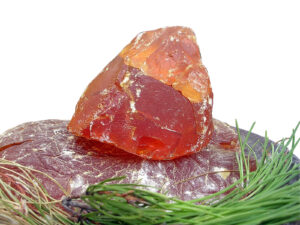
- Varnishes
- Sealing Wax
- Printing Inks
- Driers
- Sizes for Paper
- Adhesives
- Binders
- Soldering Fluxes
- Gloss Oils for Paints
- Pitch for Casks.
- How is rosin produced?
Rosin is made simply by applying high levels of heat and pressure to weed, Kief or Hash. This process produces a high-THC extract that you can either mix into a joint or bowl, vaporize with a vaporizer or dab with a Dab Rig. Whichever way, you’ll get a sensational high with powerful effects.
- What else is rosin used for?
Rosin is an ingredient in printing inks, photocopying and laser printing paper, varnishes, adhesives (glues), soap, paper sizing, soda, soldering fluxes, and sealing wax. Rosin can be used as a glazing agent in medicines and chewing gum.
- What is rosin made from?
Pine sap is indeed the key ingredient in violin rosin, and it is derived from pines grown for paper pulp on big southern plantations. A mash of pulverized trees and liquid is heated in giant “digesters” that separate the wood fibers from byproducts rich in aromatic compounds known as oleoresins.
- How long is rosin good for?
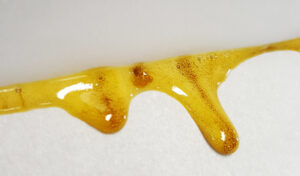
Generally, a block of rosin will last for anywhere between six months and two years.
- What rosin smells like?
It smells a bit like pine and has a glassy, orange look. It also has a very brittle texture, which means that as soon as you accidentally drop it onto a hard floor, it can shatter like glass (the bugbear of every clumsy string player).
- Are there different types of rosin?
Rosin typically comes in two main varieties: light rosin and dark rosin. Medium-hued rosins are also available. Some rosin makers get very experimental with their formulas and have two different types of rosin in one cake.
- How should I store my rosin?
Store your rosin directly inside a glass jar that has a lid with an air-tight seal. Although the rosin will stick to the glass more than it does to silicone, with glass there is no chemical reaction to take place between the compounds in your rosin and the material of the
FOR ORDER: (CALL & WHATSAPP)
+977 9857017614 (BHAIRAHAWA) ![]()
![]()
+9779841331805 (KATHMANDU) ![]()
![]()
![]() www.facebook.com/nepalchemical
www.facebook.com/nepalchemical

Additional information
| Weight | 16 kg |
|---|


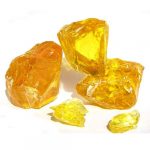
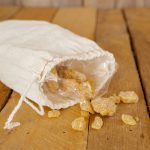
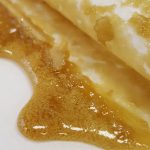



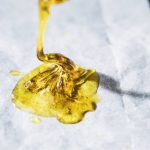


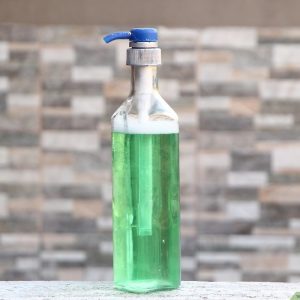

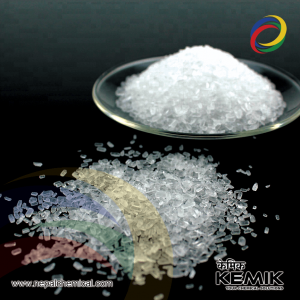

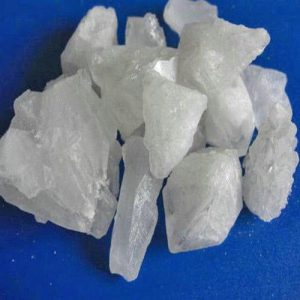
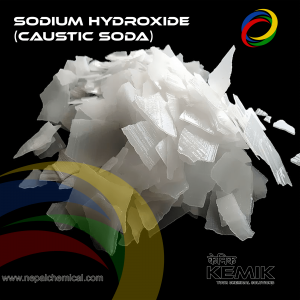
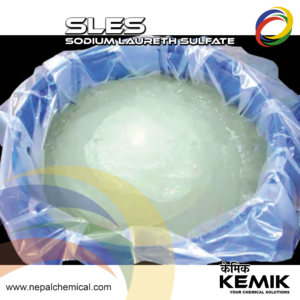



Reviews
There are no reviews yet.